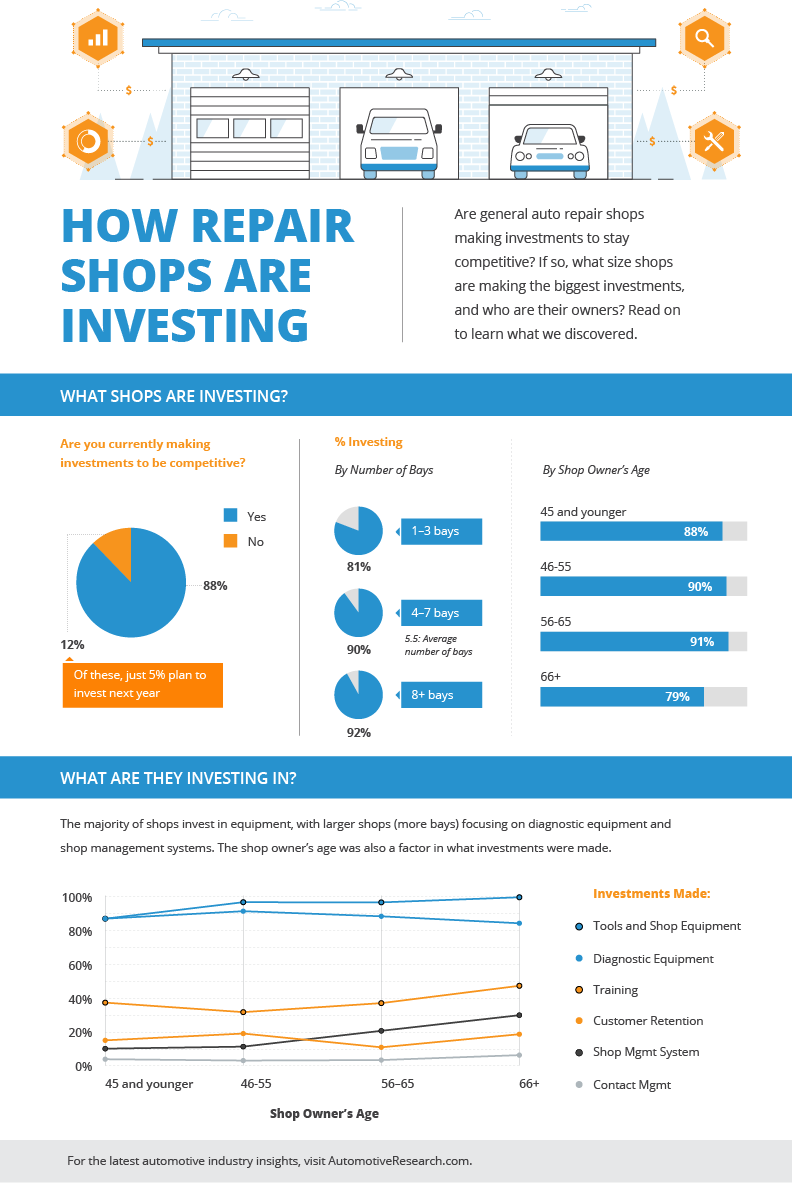Comprehending The Actual Ramifications Of Caution Indicators In Your Vehicle
Comprehending The Actual Ramifications Of Caution Indicators In Your Vehicle
Blog Article
Post Created By-Hernandez Mendez
When you're behind the wheel, those beautiful warning lights on your control panel can be a little bit bewildering. Do you understand what they're trying to tell you concerning your automobile's health? Understanding the relevance of these lights is vital for your safety and the longevity of your automobile. So, the following time one of those lights pops up, would not you intend to decode its message properly and take the necessary actions to address it?
Common Caution Lighting and Interpretations
Identify typical caution lights in your automobile and comprehend their definitions to ensure secure driving.
The most typical warning lights include the check engine light, which signifies concerns with the engine or exhausts system. If this light comes on, it's vital to have your automobile checked quickly.
The oil pressure advising light suggests reduced oil pressure, calling for prompt attention to avoid engine damages.
A blinking battery light might recommend a defective billing system, possibly leaving you stranded otherwise addressed.
The tire stress surveillance system (TPMS) light informs you to low tire stress, affecting lorry security and fuel efficiency. Overlooking this might lead to dangerous driving problems.
The ABS light shows a problem with the anti-lock braking system, jeopardizing your ability to quit rapidly in emergencies.
Last but not least, the coolant temperature cautioning light warns of engine getting too hot, which can result in serious damage otherwise solved swiftly.
Recognizing these common caution lights will help you address problems without delay and preserve safe driving conditions.
Significance of Prompt Interest
Recognizing the usual warning lights in your vehicle is only the first step; the value of immediately attending to these warnings can't be emphasized enough to ensure your safety and security when driving.
When a caution light brightens on your dashboard, it's your cars and truck's method of connecting a possible issue that needs attention. Overlooking these cautions can cause a lot more serious problems later on, compromising your safety and potentially costing you more in repairs.
Motivate attention to warning lights can avoid breakdowns and mishaps. For example, a blinking check engine light could show a misfire that, if left ignored, could cause damages to the catalytic converter. Resolving this without delay can save you from a costly repair service.
Similarly, a brake system alerting light could signify low brake fluid or worn brake pads, essential elements for your safety when driving.
Do It Yourself Troubleshooting Tips
If you discover a warning light on your dashboard, there are a few do it yourself troubleshooting pointers you can attempt prior to seeking specialist aid.
The first step is to consult your cars and truck's manual to recognize what the certain caution light suggests. Often visit the next post can be as basic as a loosened gas cap setting off the check engine light. Tightening the gas cap might solve the problem.
One more usual issue is a reduced battery, which can set off numerous cautioning lights. Examining the battery links for rust and ensuring they're safe and secure might fix the issue.
If a caution light lingers, you can try resetting it by separating the cars and truck's battery for a few minutes and afterwards reconnecting it. Additionally, inspecting your automobile's liquid degrees, such as oil, coolant, and brake liquid, can aid repair cautioning lights associated with these systems.
ac auto repair near me
To conclude, understanding your cars and truck's warning lights is important for keeping your car running efficiently and safely. By immediately attending to these informs and knowing what they imply, you can prevent pricey repairs and potential break downs.
Bear in mind to consult your auto's manual for specific information on each cautioning light and act as necessary to guarantee a hassle-free driving experience.
Remain informed, stay risk-free when traveling!
